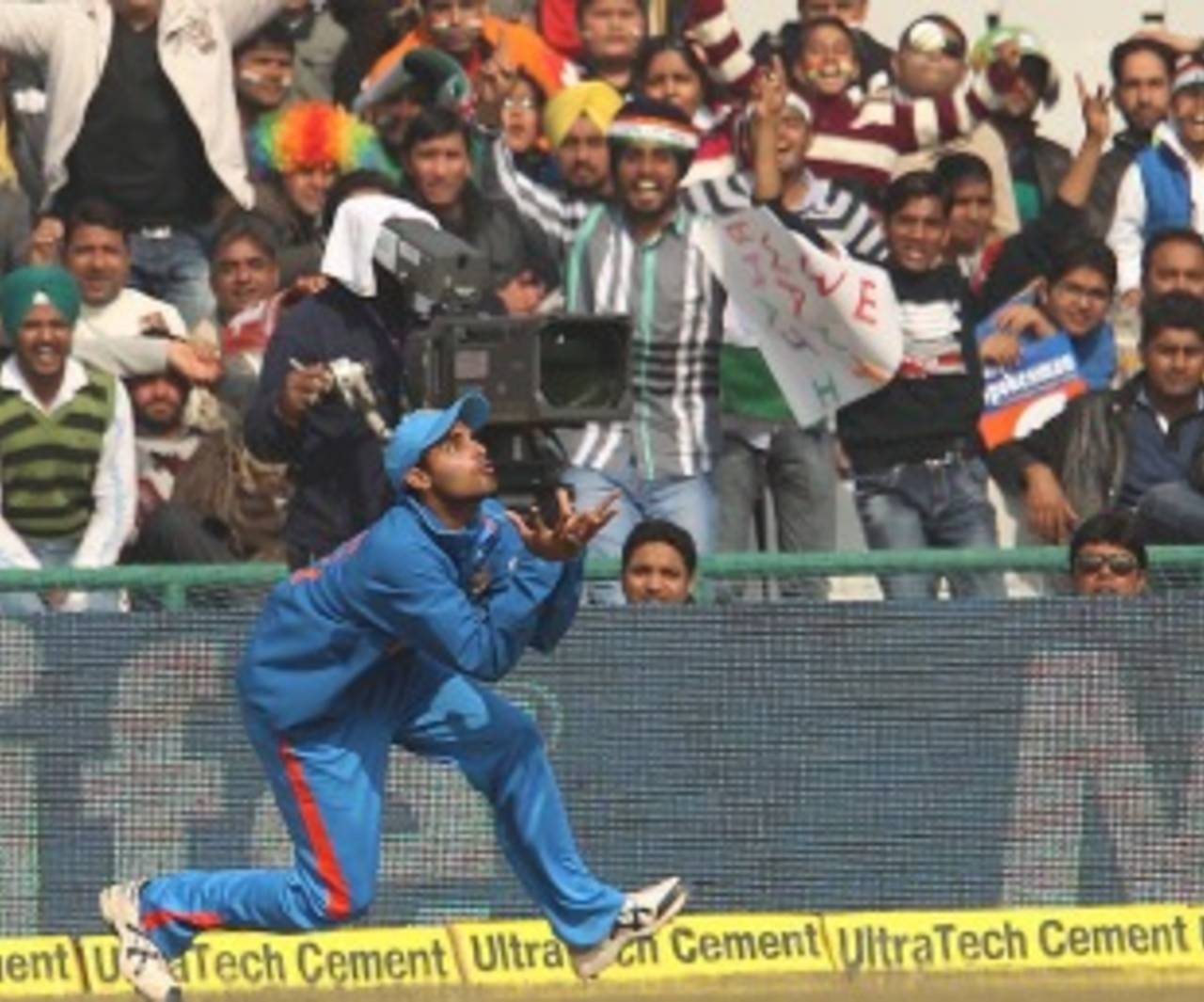Test cricket has laid out for us a
three-day result and a thrilling
five-day draw. In recent times we have had spirited back-to-the-wall displays, a match-winning innings with a broken finger, a side ranked No. 8 competing on level terms with No. 2, extremely fast swing bowling as good as any in the history of the game. And we had all this last year and the year before.
Indeed, most years we get a series to remember. Yes, we also saw two sides that couldn't cope with conditions in each other's land, and subcontinent teams continued to be sitting ducks in overseas conditions - which we have seen on an annual basis. Test cricket didn't change a lot, yet continued to enthral. Sometimes status quo is not a bad thing.
For a major part of its 136 years, Test cricket has been unchallenged. One-day cricket, even with its extremely stuttering start, has existed for less than a third of that time. Now a new generation challenges it. The issue is not with the inherent strength of the format but with its relevance to a new group of viewers. Already half of India is under 25, with vastly different expectations and preferences than fans of a previous era. However, the commentators and writers who talk to them about the game, have grown up in an era where Test cricket was not only glorious, but was also in a monopoly. Traditionally cricket communicators have reached out to their own, to those who understand the game as much, follow it with the same intensity, and know that Nathan Lyon faced more deliveries than Shane Watson in the series just finished.
About a month ago I was part of a presentation made by a television channel on the audience for cricket. There was some serious number crunching and some uncomfortable results. Traditionally sport has looked down at number crunchers, but the reality is that they give sport the financial sustenance it needs. They understand the following for sport better than anyone else, and here they were sending out some warning signals.
Only a tiny percentage of viewers, they said, has ever been inside a cricket ground. The majority doesn't know what it looks like, has no idea of what "moving long leg a touch finer" means in relation to its position on a cricket ground, may not even know where backward short leg is. They certainly don't understand Duckworth-Lewis, and are quite baffled by the lbw law. While they might follow scores, they watch the game for much less than half an hour at a time; not a large number understand English; and there are more and more female viewers who are only just getting interested in cricket.
As you can imagine, the intricacies of a day-four pitch don't interest them. They understand action and that is what they follow. They know runs and they know wickets (and they understand India winning and losing). Reaching out to them is among the big challenges for those who have a stake in cricket. If you keep pushing only Test cricket down their throats, they are going to go away. But we can't let them go because cricket needs them. These are the people who enjoy T20 cricket, spend money and time on it. Cricket must cater to them too. We cannot have a disconnect between those who propagate cricket and those who, increasingly, follow it. We cannot become snobbish and imperil the game.
Many years ago I had suggested that cricket would become a bouquet of offerings, a bit like an automobile company with products at different price points. Test cricket would be the top-of-the-line model, while T20 would, like the small car, bring in the numbers and the profits. And nothing has changed since. What I am concerned by is the refusal of many, let us say the equivalent of those who drive Mercedeses or BMWs, to acknowledge the role that the driver of an Alto plays. I keep hearing of how we need to curb T20 for the future of Test cricket; that is like thrusting what we want to see on to people who are interested in something else.
Just like a small car is the entry point for a long-term car user, so too is T20 cricket increasingly going to become the entry point for potential cricket lovers. If they like what they see, they might stay on and increase the population of Test-cricket enthusiasts. And that is why it is dangerous that so many Test-cricket lovers seem to think that you need to belong to one camp or the other, that you must look down on this new kid on the block. But the future lies in embracing everyone, because cricket's existence depends on it. People respect Test cricket, but the largest number follow limited-overs cricket; it is like respecting Bade Ghulam Ali Khan but listening to Kishore Kumar. Cricket needs to understand that and that understanding needs to reflect in the way it reaches out to people, in the way it communicates to them.
Meanwhile, I am quite happy to be a fan of each of the three formats. And so, having enjoyed the Tests against England and Australia, I am going to now enjoy the IPL.
Harsha Bhogle is a television presenter and writer, and a commentator on IPL 2013. His Twitter feed is here
